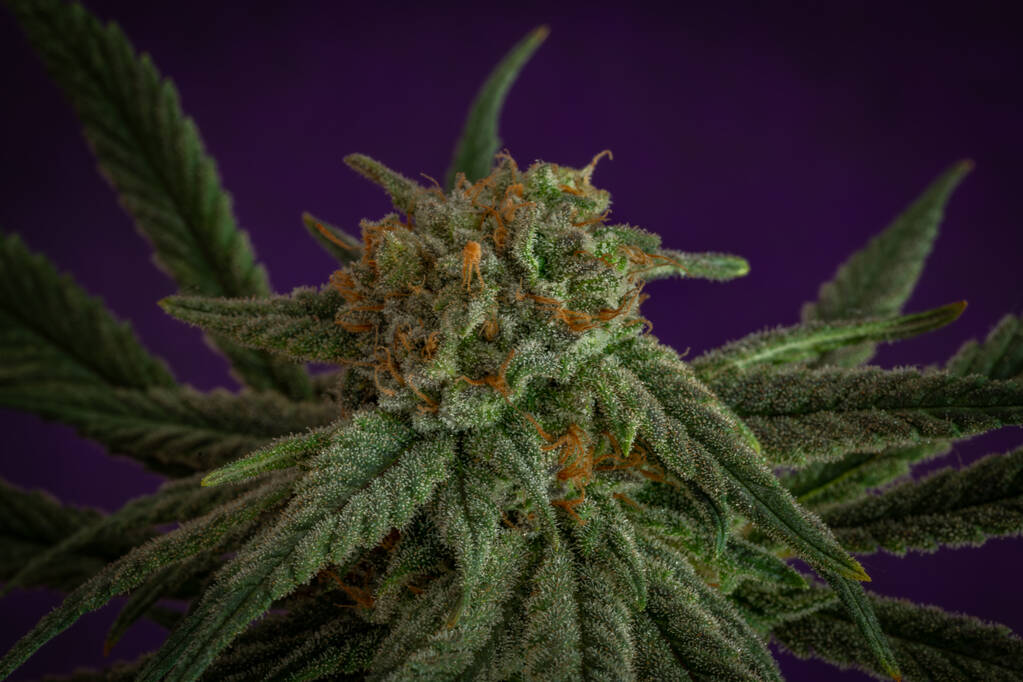When browsing marijuana dispensaries or reading strain reviews, you’re bound to encounter the terms “sativa,” “indica,” and “hybrid.”

These categories have long been used to describe the physical traits, growth patterns, and purported effects of different marijuana strains. But how accurate are these labels—and what do they really mean?
Here’s a breakdown of what separates sativa, indica, and hybrid strains, and how useful these terms really are when selecting marijuana.
Origin and Physical Differences
Cannabis sativa and cannabis indica are subspecies of the cannabis plant. Each has distinct characteristics based on their original growing regions.
Cannabis Sativa
Sativa strains originate from equatorial regions like Colombia, Thailand, and Southeast Asia. These plants are typically tall, with narrow leaves and a longer flowering cycle. They thrive in warm climates with long growing seasons.
Cannabis Indica
Indica strains come from cooler regions such as Afghanistan, Pakistan, and northern India. The plants are shorter and bushier, with broad leaves and a shorter flowering period—traits suited to the harsher mountain climates from which they evolved.
These physical distinctions are still evident in many modern strains, especially among cultivators who grow from landrace or near-pure varieties.
Claimed Effects and Common Perceptions
One of the most common uses of the sativa and indica labels is to indicate the type of “high” a user might expect. While this classification system has become widely accepted in dispensaries and among consumers, it’s not without controversy.
Sativa: “Uplifting” and “Cerebral”
Sativa strains are often described as providing an energizing, mentally stimulating experience. They’re popular for daytime use, creative activities, and social settings. Strains like Sour Diesel and Jack Herer are commonly cited as examples.
Indica: “Relaxing” and “Body-Centered”
Indicas are typically thought to produce more sedative, full-body effects, often associated with relaxation, sleep, and relief from physical discomfort. Examples include Granddaddy Purple and Northern Lights.
However, research shows that these effects are not strictly tied to whether a strain is a sativa or indica. The overall experience depends more on the plant’s cannabinoid and terpene profile than its botanical classification.
The Rise of Hybrids
Due to decades of crossbreeding, most marijuana strains available today are hybrids—a genetic mix of indica and sativa. Some lean more toward one side (“sativa-dominant” or “indica-dominant”), while others are balanced.
Hybridization has allowed cultivators to create strains that offer targeted effects, such as the anxiety-reducing properties of an indica with the mental clarity of a sativa. Strains like Blue Dream and Gelato are among the most popular hybrids on the market.
While the hybrid label helps categorize modern strains, it also reflects the reality that pure sativas and indicas are increasingly rare. Most cannabis on shelves today shares genetic ancestry from both subspecies.
Cannabinoids and Terpenes: The Real Drivers of Effect
Scientific understanding of cannabis has evolved, and many experts argue that the indica/sativa distinction oversimplifies the plant’s complex chemistry. Instead, the effects are largely determined by:
-
THC and CBD Content: Tetrahydrocannabinol (THC) produces psychoactive effects, while cannabidiol (CBD) can reduce anxiety and counteract THC’s intensity.
-
Terpenes: These aromatic compounds influence how a strain feels. For example, myrcene is believed to promote sedation, while limonene may enhance mood.
Two sativa-labeled strains might produce completely different effects if their terpene and cannabinoid profiles differ.
Why the Labels Persist
Despite their scientific shortcomings, the sativa, indica, and hybrid categories persist in retail settings. That’s because they provide a basic framework for understanding and organizing a massive variety of marijuana products.
For casual users, the labels offer a starting point. But for more accurate effects, it’s better to look beyond the name and examine lab-tested cannabinoid and terpene data, when available.
Conclusion
While cannabis sativa, indica, and hybrid strains differ in origin and growth traits, the claimed differences in effects are far less clear-cut. Most strains are hybrids, and individual experiences depend more on chemical composition than classification.
In short, “sativa” and “indica” may still be helpful shorthand, but they shouldn’t be the only factors guiding your choice. If you’re looking for specific results—like pain relief, energy, or stress reduction—your best bet is to check cannabinoid content, terpene profiles, and strain reviews, rather than relying solely on old labels.







